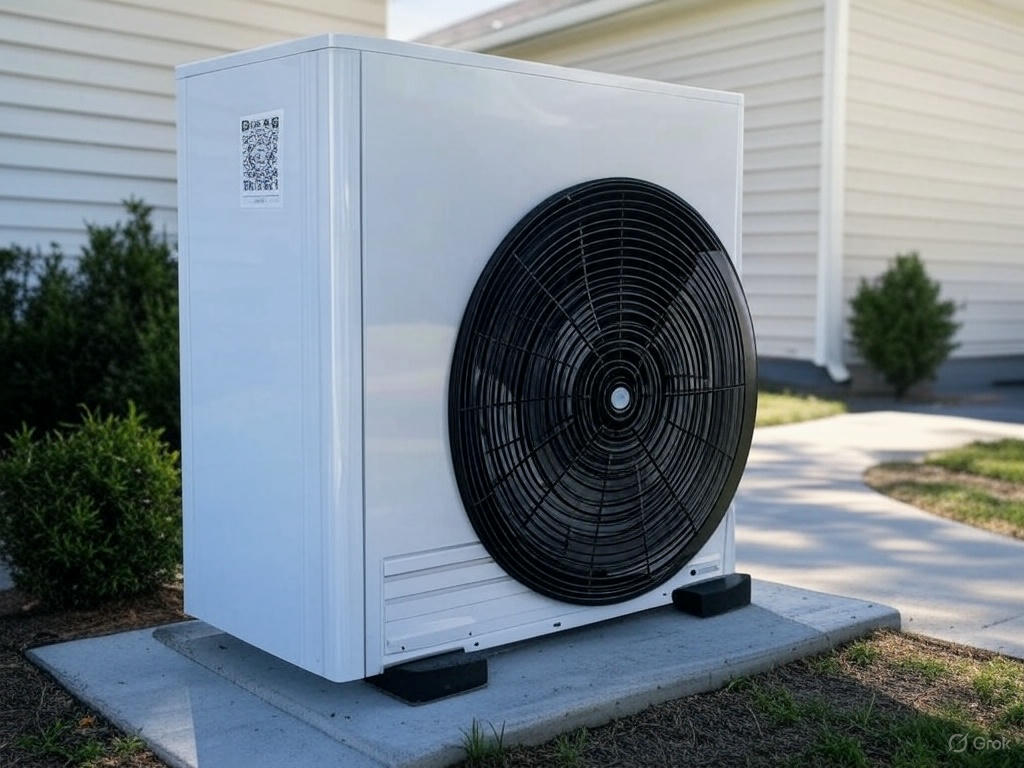The Importance of a Home User Guide for UK Building Regulations: 2025 and Beyond
Date: March 06, 2025
By: David Oldham, Founder of How My House Works
As the UK races toward its net-zero target by 2050, the homes we build today are at the heart of this transformation. From 2025, the updated Building Regulations—particularly Part L (Conservation of Fuel and Power)—usher in stricter standards under the Future Homes Standard, mandating low-carbon technologies like heat pumps and advanced ventilation systems in all new builds. But there’s a catch: these systems only deliver their promised energy savings if homeowners know how to use them. Enter the Home User Guide—a small document with a big role. Here’s why it’s more crucial than ever from 2025 onward, and how we’re reimagining it with "How My House Works."
Why Home User Guides Matter
The Home User Guide, required under Part L, isn’t just paperwork—it’s a roadmap for homeowners to operate their homes efficiently. With 150,000-200,000 new homes built annually, and the government aiming for 600,000 heat pump installations by 2028 (Heat and Buildings Strategy), these guides bridge the gap between cutting-edge tech and everyday use. Without them, the benefits of low-carbon systems—lower bills, reduced emissions—fall apart. Studies suggest 30% of UK heat pump users misuse their systems due to poor understanding, with estimates climbing to 35-40% in urban hubs like Greater London where awareness lags (Eco Experts, 2023). That’s wasted energy, higher costs, and a dent in net-zero goals.
From 2025, Part L ramps up the stakes. New homes must cut carbon emissions by 75-80% compared to 2013 standards, relying heavily on technologies unfamiliar to many. A static PDF or booklet—the current norm—often ends up ignored (50% read rate, per industry insights), leaving homeowners to fumble with controls or neglect maintenance. The result? Inefficient heat pumps, blocked ventilation, and even health risks like dampness, piling pressure on councils and manufacturers alike.
The Regulatory Shift
The Future Homes Standard, effective 2025, doesn’t just tighten energy rules—it doubles down on usability. Part L mandates that Home User Guides provide clear instructions on operating and maintaining systems like heat pumps, solar panels, and mechanical ventilation, alongside energy-saving tips. This isn’t optional; it’s a legal requirement tied to building sign-off. Builders must deliver, and homeowners must understand, or the whole system falters. With fines for non-compliance and a government eyeing measurable CO2 cuts (e.g., 100,000 tonnes/year from 200,000 efficient homes), the stakes are high.
Beyond Compliance: Real Impact
A good Home User Guide isn’t just about ticking boxes—it’s about impact. Take energy efficiency: proper heat pump use can save 10-15% on bills (£50-£100/year per home) and emissions. Maintenance tips (e.g., “clean your filter monthly”) extend equipment life, cutting repair costs for manufacturers. And clear guidance reduces support calls—by up to 20-30%, per industry benchmarks—saving companies thousands. For homeowners, it’s empowerment; for builders, it’s compliance; for the planet, it’s progress.
Yet, the traditional guide falls short. Paper manuals get lost, dense text confuses, and one-size-fits-all advice misses the mark for diverse households—14% of Londoners don’t speak English as their main language (ONS, 2021). As homes get smarter, guides must too.
Enter "How My House Works"
That’s where "How My House Works" steps in. We’re turning the Home User Guide into a digital, interactive experience. Scan a QR code on your heat pump, and watch an ad-free video tutorial—crafted by UK students—showing you exactly how to set it to 20°C for max efficiency. Need a doctor or pharmacy nearby? Our geolocation feature lists them in seconds. Don’t speak English? Auto-translated subtitles (e.g., Spanish, Polish) make it accessible.
We’re not just meeting Part L—we’re exceeding it. Our pilot aims for 80% engagement (vs. 50% for paper) and a 10% efficiency boost per home, with data showing misuse dropping from 35% to 15% in tech-heavy areas. Manufacturers get lower support costs and brand exclusivity (no rival ads), builders get a turnkey compliance tool (£1,000/development), and the government gets a partner in net-zero—potentially saving 20,000 tonnes of CO2 yearly if scaled to 40,000 homes by 2027.
Looking Ahead
From 2025, the Home User Guide isn’t a formality—it’s a linchpin. As Building Regulations evolve, integrating smart tech and tougher standards, homeowners need more than ever to keep up. "How My House Works" is ready to lead, blending regulation with innovation. Join us—whether you’re a homeowner mastering your heat pump, a manufacturer cutting costs, or a policymaker eyeing decarbonization. Together, we’ll make every new home work smarter, greener, and better.
Learn more or get involved at www.howmyhouseworks.com .

